Face numb, hands blue, ripping through energy to keep the body heat up. It can be a draining old process doing the winter pruning in the north-east of Scotland.
Even my fluffy hat only goes so far to keep me warm as I perform Baltic ladder yoga. As always though, the garden takes no prisoners. It has its needs and they need fulfilled regardless of whether it’s a bit nippy or not!
It’s the time of year that winter pruning of the apple trees comes to the fore.
Why prune?
Pruning an apple tree correctly allows for one that is healthy, productive and aesthetically pleasing.
Many people are scared to prune in case they do it wrong. By avoiding pruning you fail to allow the tree to produce fruiting spurs. These flower and thereby become pollinated to create fruitlets. In turn, these become fully-grown apples.
The downside to leaving apples unpruned is that the trees will continue to put on vegetative leafy growth.
This is through undesirable new branch and shoot growth. Branches will wildly appear throughout the tree and the overall shape will quickly become an overgrown, tangled mess.
An apple tree does not care about producing a few big shiny apples for us like you see in the supermarket. Nor does it care about a perfect form and shape.
By pruning, we as gardeners are manipulating the tree to do our will, as with all forms of gardening we alter nature to fit our own selfish needs.
Can I prune plums?
Apples and pears can be treated similarly. Fruits such as plums and apricots are of the genus Prunus rather than Malus for apple or Pyrus for pear.
As such plums and apricots are pruned at a different time of year. Plums for example are pruned in the UK, late spring to mid-summer because of their vulnerability to silver leaf disease which is prevalent in winter.
Silver leaf is a fungal disease where the infectious spores are most active September to May. They enter the open wounds caused by pruning. The wounds will of course callus over naturally but in the interim are vulnerable.
Healing is naturally much slower in winter whilst the tree is dormant. Symptoms-wise, the leaves will appear silvery-coloured in summer and branch dieback will occur.
Apple pruning schedule
In winter, we prune around January in the UK in order to create the fruit spur system. In early to mid-June we thin the fruitlets. Later in summer around late August, we summer prune specialist trained types like espaliers, fans etc.
With apples and pears there are three types – spur-bearing tip bearing and partial-tip bearing.
Blossom
Tip bearings are slightly more unusual and this means that they produce the fruit on the very end of the tips. These are pruned differently as the side shoots on the laterals here are left to get to around 20cm or so in length.
They’ll produce blossom at the tips and therefore fruit. These appear much longer than a tight spur system which look more like gnarly nodules along the lateral branches.
In winter, we prune to create the fruit spurring system for later years as apples produce blossom on older wood (two years old).
We prune any shoots from the lateral branches back to around two pairs of buds from the basal cluster. Any shoots already shorter than 20cm can be left as these will get pruned later.
In effect, this means you’ve always something to prune to create future fruit spurs. A good rule of thumb for this use your secateurs handles as those are often roughly around 20cm long.
If the shoot is shorter than those then leave it but if longer then prune to two buds. I will dive a bit further into pruning next week!
A new adventure
I wished to sign off by sharing a bit of personal news with you all. I am very pleased to announce that I am just starting a new role. I am taking the mantle as head gardener for the Beechgrove Garden.
After the last four years at Pitmedden Garden and Haddo House, I decided it was time for a new challenge.
I am extremely grateful for all the amazing staff and volunteers at both properties. They have made the last few years a real pleasure.
A hugely talented bunch that worked tirelessly to make both places truly special.
In life though, time goes on. Opportunities arise and people change. I have always embraced the unknown and allowed new challenges to help me grow and develop. I can’t wait to get cracking and will of course keep you informed of all the goings on!
Take care and happy gardening.
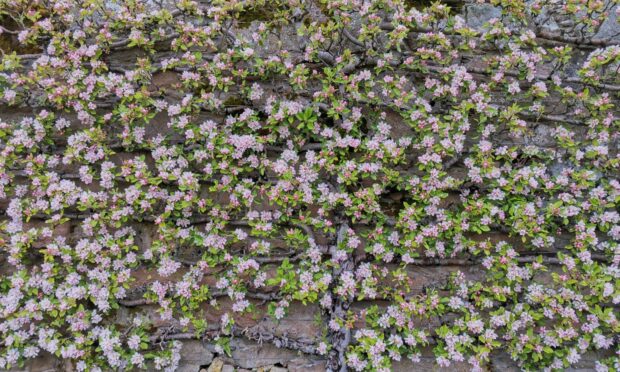
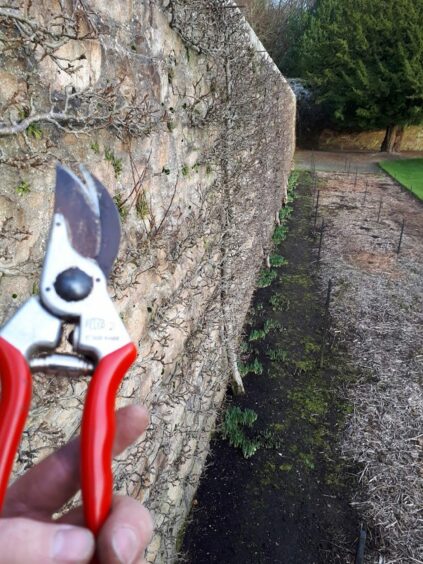
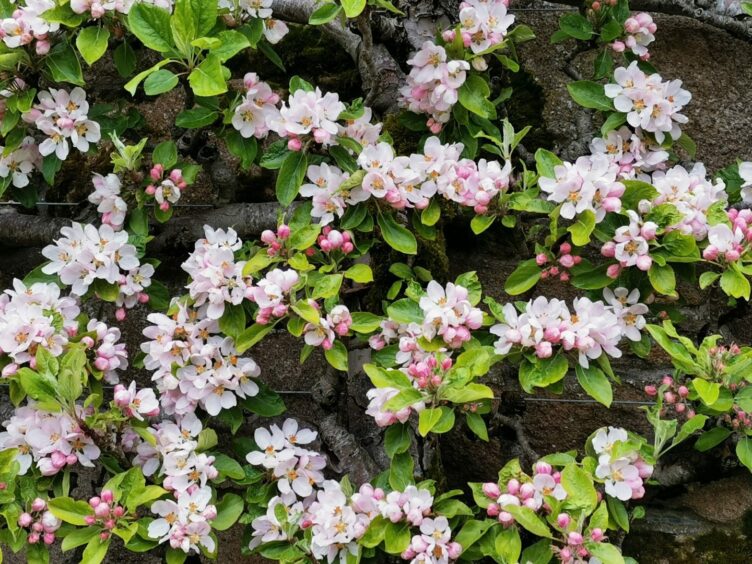
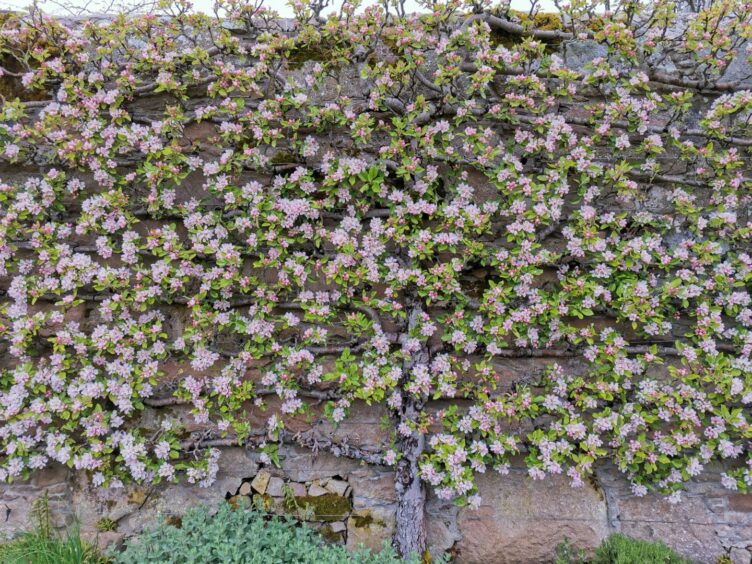
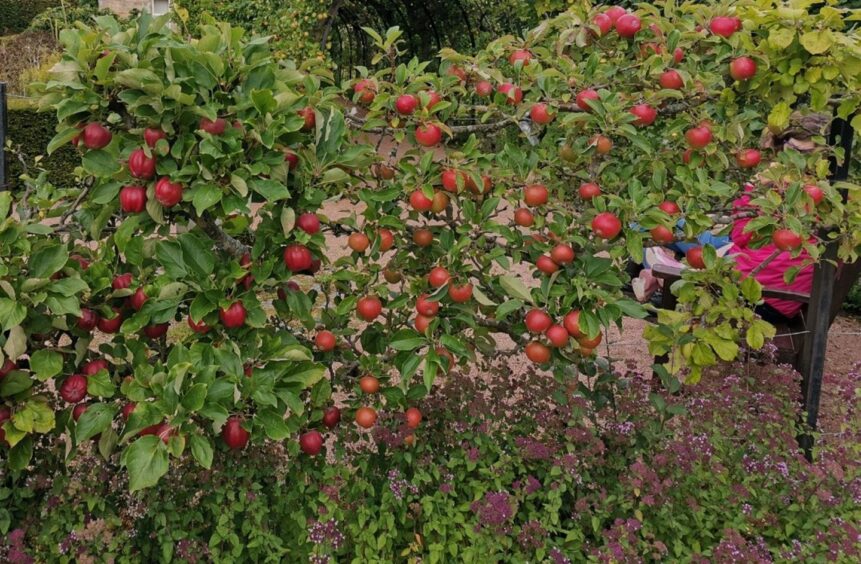
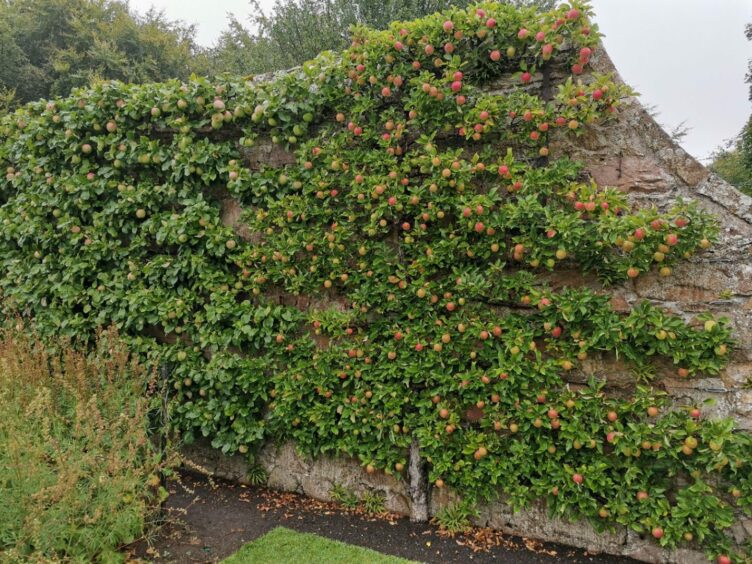
Conversation